15 kVA Air Cooled Servo Voltage Stabilizer
59750 INR/Piece
Product Details:
- Power Rating 15 kVA
- Output Current 21 Ampere (amp)
- Input Voltage 340V to 460V Volt (V)
- Output Voltage 400V +/- 1% Volt (V)
- Efficiency 98-99%
- Frequency (MHz) 47Hz to 63Hz Hertz (HZ)
- Phase Three Phase
- Click to View more
X
15 kVA Air Cooled Servo Voltage Stabilizer Price And Quantity
- 59750 INR/Piece
- 1 Piece
15 kVA Air Cooled Servo Voltage Stabilizer Product Specifications
- 98-99%
- 126 Kilograms (kg)
- 21 Ampere (amp)
- 340V to 460V Volt (V)
- -20 to 50 Celsius (oC)
- 400V +/- 1% Volt (V)
- IP-30
- L 530 x D 420 x H 760 Millimeter (mm)
- 15 kVA
- Three Phase
- 47Hz to 63Hz Hertz (HZ)
- 1 Year
15 kVA Air Cooled Servo Voltage Stabilizer Trade Information
- 15 Days
- Middle East, Africa
- All India
Product Description
15kVA Automatic Servo Controlled AC Voltage Stabilizer (Model SVS34A315) Specifications:
- Rating : 15 kVA, 3 Phase, 4 Wire
- Output Current : 21 Amps per phase
- Input Voltage Range : 340V to 460V, 47Hz to 63Hz, 4 Wire
- Output Voltage : 400V +/- 1%
- Installation : Indoor type
- Response Time : Less than 10ms
- Duty Cycle : Continuous 24x7
- Suitability : Suitable for all power factor loads
- Cooling : Air Cooled
- Correction Speed : Faster than 32V per sec.
- Degree of Protection : IP-30
- No Load Loss : Less than 0.4%
- Efficiency : 98-99%
- Wave form Distortion : Nil
- Input / Output Termination : On Brass studs / Connectors
- Winding & Wiring Material : Copper EC grade (99.9% Pure)
- Technology : Torridly wound Variable Auto Transformer for linear control and greater efficiency.
- Drive : Direct AC drive for fastest voltage correction and durability
- Controls : All the three phases controlled individually for better voltage and load management.
- Size (in mm) & Weight : L 530 x D 420 x H 760 & 126 Kg.
- Applicable Standard : IS 9815 ; ISO 9001-2015 , ISO 14001-2015
- International Marking : CE Conformity EN61558-1:2005+A1:2009
Optional Protections:
- Overload Cut-Off and Short Circuit Protection.
- Low/High Voltage (out of input range) Alarm or Cut-Off.
- Phase Missing / Phase Reversal Alarm or Cut-Off.
Optional Features:
- Digital Multifunction Meter. Manual Bypass & Auto Phase Correction
Salient Features:
- "IC" based solid-state, relay less, plug in control cards for easy online serviceability.
- Output voltage adjustable 6% of set voltage from front panel.
- Meters on front panel for easy monitoring of input and output voltage along with limit indicators.
- Provision for Auto / Manual control from the front panel.
- Wide ambient temperature operation from -20 C to 50 C.
- Due to new innovations & improvements the technical specifications are subject to change.
Servo Controlled AC Voltage Stabilizer FAQ:
Q. What is a servo-controlled AC voltage stabilizer?
Ans: A servo-controlled AC voltage stabilizer is a device used to regulate the voltage of alternating current (AC) power to maintain a consistent output voltage level, despite fluctuations in the input voltage.
Q. How does a servo-controlled voltage stabilizer work?
Ans: It continuously monitors the input voltage, compares it to the desired output voltage level, generates a control signal based on the comparison, and adjusts the output voltage using a servo motor and variable transformer or other voltage control mechanism.
Q. What are the benefits of using a servo-controlled voltage stabilizer?
Ans: They provide precise voltage regulation, protect sensitive equipment from damage due to voltage fluctuations, ensure stable power supply, and extend the lifespan of electrical devices.
Q. Where are servo-controlled voltage stabilizers commonly used?
Ans: They are used in various applications including industrial machinery, medical equipment, data centers, telecommunications, laboratories, and residential settings where stable voltage is essential.
Q. How do servo-controlled voltage stabilizers differ from other types of voltage stabilizers?
Ans: Servo-controlled stabilizers offer more precise voltage regulation compared to other types such as relay-based or static voltage stabilizers. They also typically have faster response times and higher efficiency.
Q. What are the key components of a servo-controlled voltage stabilizer?
Ans: The main components include input voltage sensors, a comparison circuit, a control signal generator, a servo motor, a variable transformer or other voltage control mechanism, and a feedback loop.
Q. Can servo-controlled voltage stabilizers handle both overvoltage and undervoltage conditions?
Ans: Yes, they can regulate the output voltage to compensate for both overvoltage and undervoltage conditions, ensuring a stable voltage supply within a specified range.
Q. Are servo-controlled voltage stabilizers suitable for all power capacities?
Ans: They are available in a wide range of power capacities to suit different applications, from small residential units to large industrial units capable of handling high loads.
Q. What maintenance is required for servo-controlled voltage stabilizers?
Ans: Regular inspection and servicing are recommended to ensure proper operation and longevity. This may include checking connections, cleaning components, and lubricating moving parts.
Q. How do I select the right servo-controlled voltage stabilizer for my application?
Ans: Consider factors such as the input voltage range, output voltage requirement, load capacity, environmental conditions, and any specific features or certifications required for your application. Consulting with a reputable supplier or manufacturer can also help ensure you select the appropriate stabilizer for your needs.
Tell us about your requirement

Price:
Quantity
Select Unit
- 50
- 100
- 200
- 250
- 500
- 1000+
Additional detail
Mobile number
Email


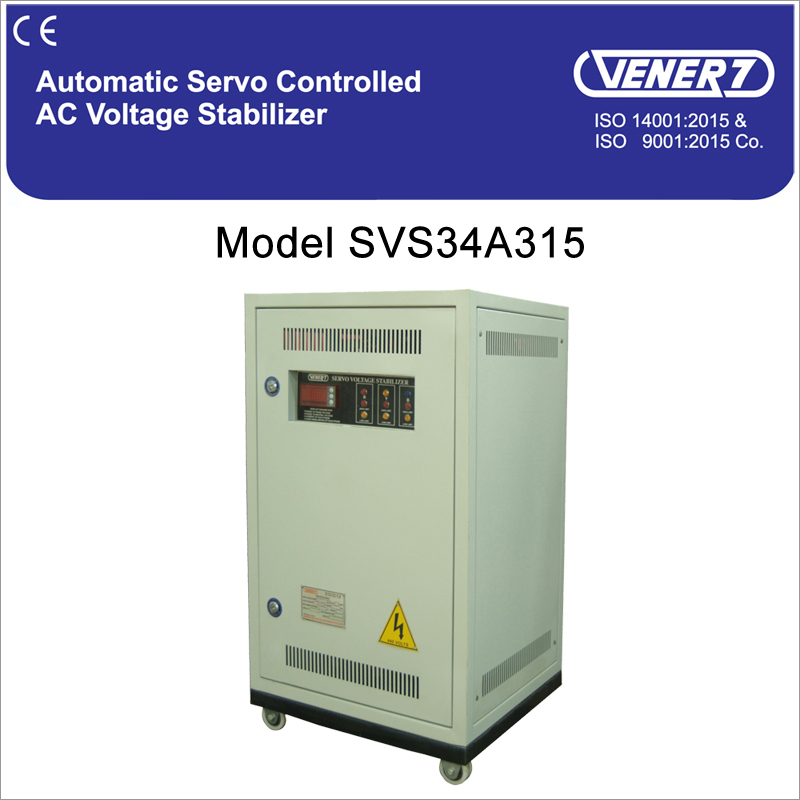

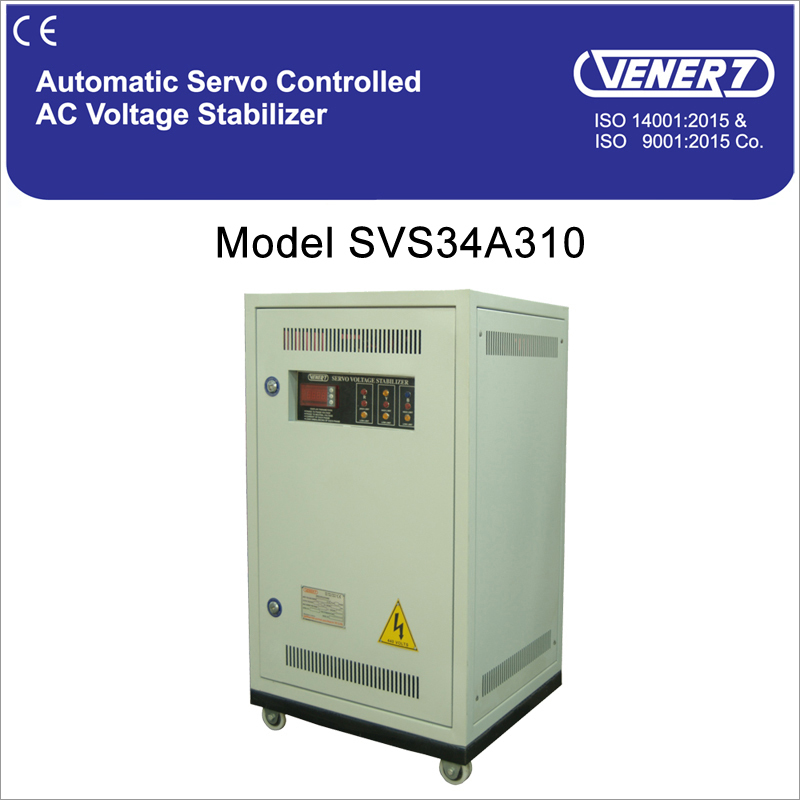
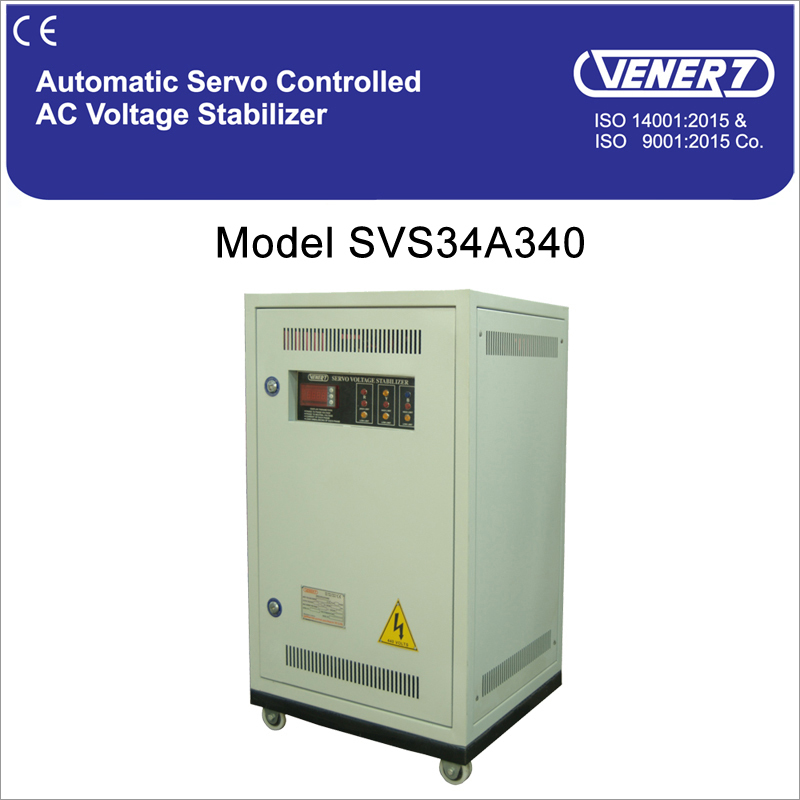
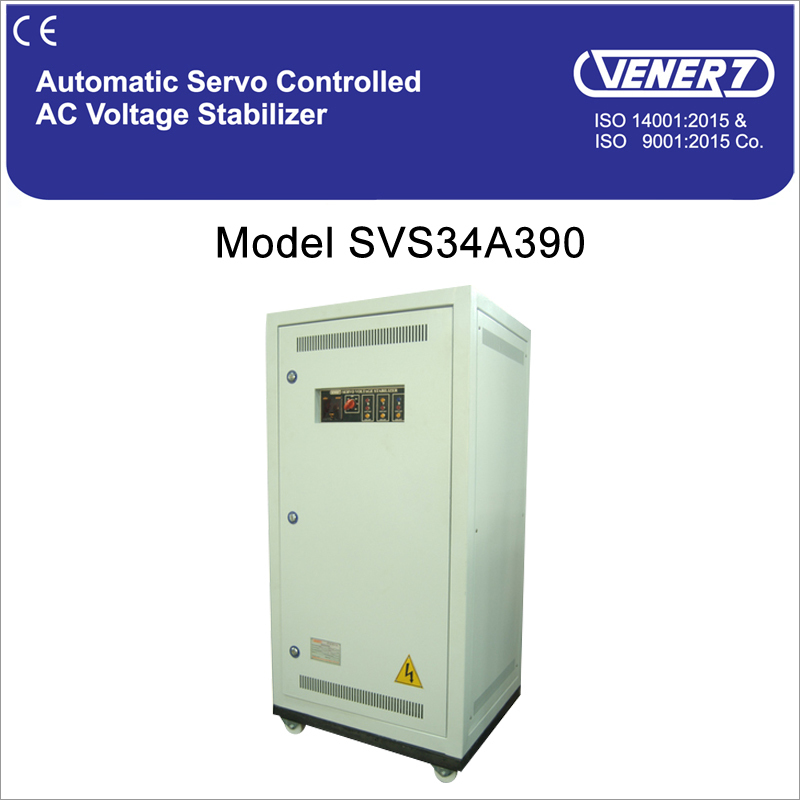
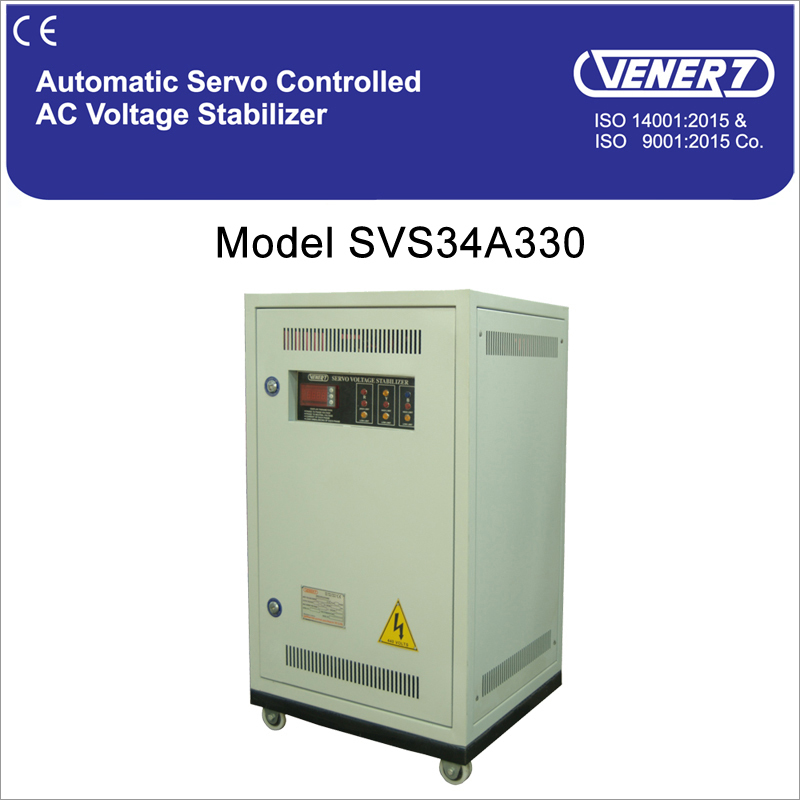

 English
English Spanish
Spanish French
French German
German Italian
Italian Chinese (Simplified)
Chinese (Simplified) Japanese
Japanese Korean
Korean Arabic
Arabic Portuguese
Portuguese